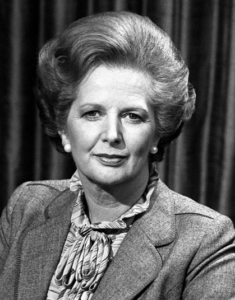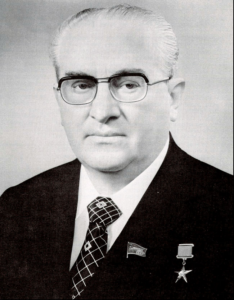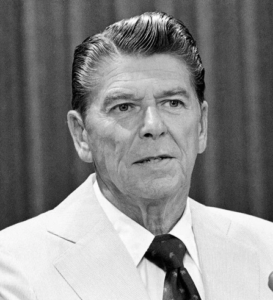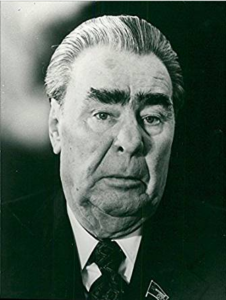The Cold War in 1983
Since the breakdown of the post-war consensus of the mid-1940s, there has been an increasing disconnect and sense of hostility between the Eastern Bloc and the West, as they stockpiled more and more nuclear weapons and pointed them at each other in increasing numbers.
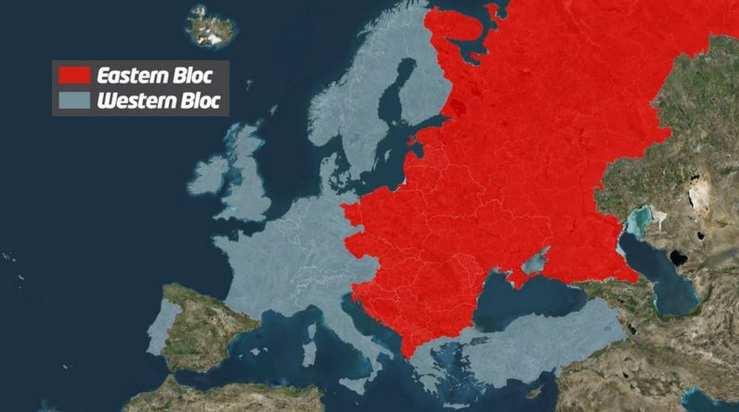
1983 marks the highest point in that tension to date. Ronald Reagan, the US president, gave a speech in June 83 describing the Soviet Union as an “evil empire” – and using that as an excuse for the deployment of US nuclear weapons in Western Europe. The possibility of nuclear war is at the forefront of everyone’s’ minds – in the US, the serial The Day After is due to show in the next two weeks – depicting the aftermath of a significant east-west nuclear exchange from the point of view of ordinary US citizens.
The tensions between the “evil” communist East and the “good” capitalist West are common themes in the UK news and media. There are ongoing efforts to (erroneously) associate the UK labour party – especially it’s further left elements – with the Soviet Union.
In the Soviet Union, the long-standing leader Leonid Brehznev, inclined to allow the stalemate between the US and the USSR to continue, has recently died (under circumstances some find suspicious) and power has passed to the former head of the KGB, Yuri Andropov. Andropov, unlike Brehznev, has never had any direct experience of the West and regards it with a degree of paranoia extreme even for the Soviet leadership.
Between Reagan’s provocative rhetoric and Andropov’s extreme paranoia, the world is on a knife edge…
